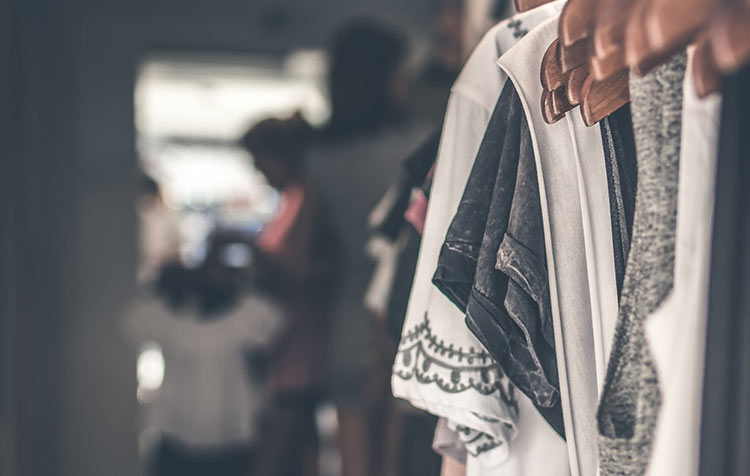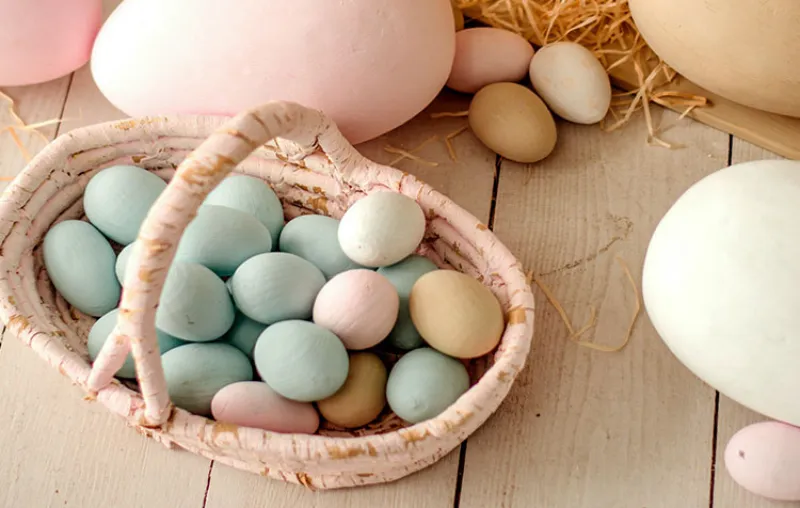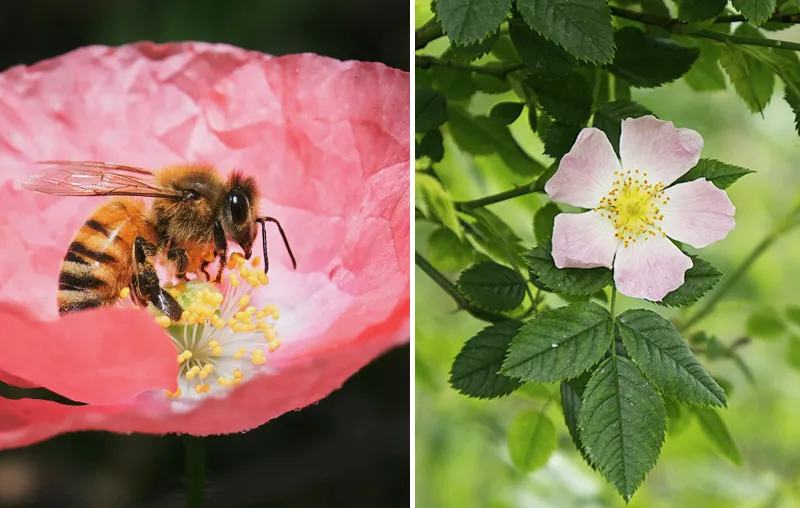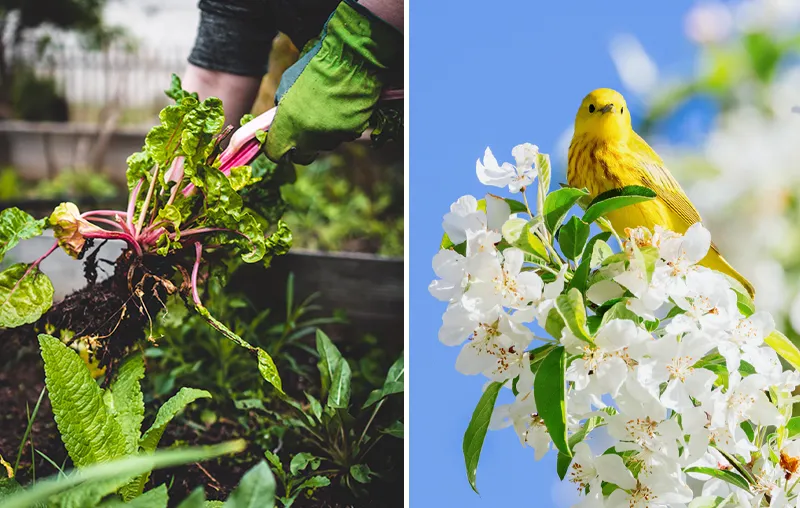Do you want to know more about Slow Fashion and experience a more sustainable approach to fashion? Then you've come to the right place. Because the fast-moving fashion consumption of our Throwaway Society is the cause of many of the largest Environmental problems of our time. By being more sustainable with your fashion and consuming it more consciously, you counteract them in your everyday life.
In this article, I'd like to start by explaining more about the slow fashion movement and its benefits, and then give you the best tips for sustainable fashion consumption. Let's go!
Tip: The topic of clothing also takes an important part in my new Book Sustainable Living for Beginners one. This is certainly something for you too! 🙂
What is Slow Fashion?
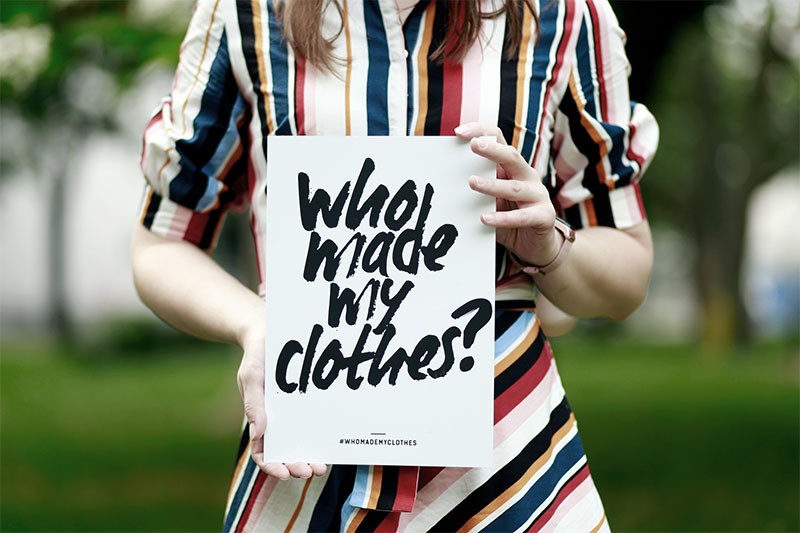
The term slow fashion basically describes the sustainable, and conscious fashion consumption. In addition to the consumption of clothing made from environmentally friendly materials and recycled clothing, this also includes, for example, the use of second-hand fashion, the preference for durable and high-quality clothing, and the conscious purchase from small and regional fashion labels. In this way, slow fashion decelerates the disposable consumption of our society, as more value is placed on existing garments.
Notice: The opposite, by the way Fast Fashion - in the linked article you will learn more about fast fashion and what problems it causes in our world.
About the Slow Fashion Movement
As already described, the existence of the Slow Fashion movement has one main reason: fast fashion, which poses great challenges to our society and especially to our environment. Shopping miles, Bargain prices and new collections every week. Mass instead of class. Cheap and short-lived instead of something more expensive and durable.
In the end, there are so many clothes in our closets that we can't even wear - while elsewhere people have to sew these clothes under undignified circumstances or beg for clothes that are full of holes and dirty. In addition, sewage is discharged into the rivers - and clothes that are not needed are burned because it is cheaper than still selling them. None of this is fair, and it's certainly not sustainable - which is why the Slow Fashion movement was born.
Advantages of Slow Fashion
Slow Fashion has basically no disadvantages - well, maybe for the fast fashion industry. Because where less is consumed, less can be earned. But for everyone else, the benefits are many - whether for us humans or for nature.
Here are some benefits of slow fashion at a glance:
- Water: The global Water Shortage is one of the biggest environmental problems of our time. We can only drink a fraction of the water on earth - the Slow Fashion movement prevents wastewater from being discharged into the clear rivers and lakes, thus counteracting water scarcity.
- Health: Workers in Bangladesh and other "low-wage countries" have to toil under inhumane conditions for the fast fashion industry. Whether in the fields or in the sewing factory, the Slow Fashion movement promotes fair and healthy working conditions.
- Save money: In the short term, a 5€ shirt may be cheaper, but in the long term it is also financially worthwhile to rather invest in durable quality goods. So you can count on sustainable way to save money.
- Waste prevention: Completely in the sense of the Zero Waste Lifestyle you can also restyle, repair, partially reuse or upcycle old, worn-out garments.
- Minimalism: By getting involved with slow fashion, you develop a new personal awareness along the way. Thereby you learn to basically live more minimalist.
Documentary Tip: If you need even more motivation to be more conscious about your fashion consumption, be sure to check out the film The True Cost an. Also under sustainable documentations you will find these and many other documentaries to motivate you to be even more environmentally conscious in your everyday life.
10 Slow Fashion Tips to Buy Fashion Sustainably
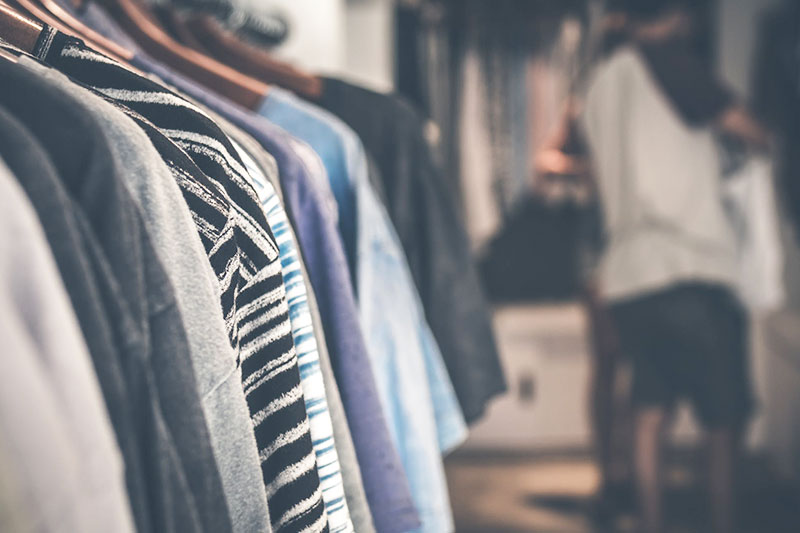
How can you integrate slow fashion into your everyday life in a practical way? I would now like to answer this question with a few tips for a more sustainable approach to fashion. First, here are some tips for buying fashion, before we move on to the everyday tips.
1. prefer fashion from sustainable material
If the purchase of new fashion can not be avoided, should already make sure that they are made of environmentally friendly material, such as Organic cotton, Linen, Hemp or Organic silk consists. Nowadays, for example, leather is produced fairly in very few cases.
In the article Is leather sustainable? you can learn more about it.
2. regionally produced clothing
Take a look at the label of a sweater to find out where it was made. In the spirit of slow fashion, make sure you're targeting fair and environmentally friendly clothing. Short transport routes For example, you can expect fashion brands that manufacture locally and regionally. If the label on the collar says "Made in Bangladesh," your inner alarm sirens should start to sound.
Tip: What applies to clothing, of course, also applies to food. Be sure to read the articles Seasonal shopping and Regional shopping through to learn why this is so important for a sustainable everyday life.
3. organic labels for certified sustainable clothing
Environmentally friendly materials, regional production and only a few "fashion seasons" a year - sustainable fashion labels with these environmentally conscious characteristics are now sprouting up like mushrooms - and that's a good thing. But most of them are very small and need support to make a name for themselves in the global fashion market. For example, I find the following labels worthy of support Bleed and Greenality.
Question: Which fashion labels do you find particularly cool because they are sustainable - and why are they sustainable?
4. fair trade seal on clothes
Before you buy fashion, you should take a look at the seals. The IVN Best Seal is awarded, for example, to natural textiles whose entire supply chain, from the cultivation of the fibers to the finished T-shirt, is fair and without the use of chemicals for everyone involved. Then there is the GOTS seal, the seal Standard 100 of Oeko-Tex, Bluesign and Cradle to Cradle, as well as the Fairtrade seal. They all help you identify sustainable clothing faster.
Seal like the "PETA-Approved Vegan" Seal also inform you that a product is vegan. You can then definitely exclude animal suffering.
Speaking of animal suffering: Be sure to check out my post on the best animal welfare organizations and learn how you can support them.
5. second hand purchase
One of the main characteristics of slow fashion is second-hand fashion. Does second hand actually still sound old and dusty to you? Then it's time for an update! Absolutely unique items are waiting there, for example, to change hands. In this way schonce you conserve natural resources and you also save money. And since second hand fashion is becoming more and more popular, there are also more and more stores where you can get it. On the Internet, second hand shopping works at Kleiderkreisel.de or on comparable platforms.
6. vegan clothes
As mentioned, you can recognize vegan clothing by the "PETA-Approved Vegan" seal. Vegan fashion is free from animal material, such as wool, leather or Fur. These are the things that can be identified at first glance as animal material. But also the buttons of a jacket can be made of horn, for example. By preferring vegan clothing, you play it safe. An important tip around the Slow Fashion movement.
Notice: Now that was a lot of tips for buying sustainable fashion. But of course that's not the end of it! The goal must be to buy less in general! The following tips will help you to achieve this.
7. exchange clothes
Another important point should not be forgotten when it comes to slow fashion. How about exchanging discarded clothes for fashion pieces that you like? Pretty cool, isn't it?
I must admit that I have never been to a "Clothes Swap Party" but there's sure to be one near you. As a guest, you bring fashion that you no longer wear - and on site you simply exchange it for other clothes that you like. This way you can exchange clothes even easier and everyone is happy in the end.
8. fashion out and lend!
Need a new dress or a snazzy suit for a special occasion? Then why not just borrow it? There are numerous online portals and, of course, stores near you where this is easily possible. You can also borrow clothes from friends or lend them to them, so that no one has to buy something new.
9. repair, restyle or partially use used fashion
How about turning a boring t-shirt into a whole new piece? For example, through a small makeover? This way you can breathe new life into a shirt that you've grown tired of. Don't know how to sew? Then just learn or take your shirt to a tailor - what's wrong with that? 🙂
Tip: In the article about Recycling fashion you'll learn how a young fashion label upcycles old clothes.
10. capsule wardrobe - Choose better and buy less
Yes, of course! Before you throw your money out the window and buy new fashion that you do not even like so much, you should put greater emphasis on the selection. The principle of the so-called Capsule wardrobe limit the clothes in your possession to the most necessary, without losing elegance. Simply by choosing versatile, well-combinable and, in the best case, timeless fashion. In this way, you save a lot of money and ultimately have a clear closet with fashion that you can match to many different styles.
11. valuing and caring for fashion in the closet
If you have too much, you forget to appreciate what you have. Especially if your closet is already quite full, you have an infinite number of possible combinations at your disposal. It's also worth airing out your fashion regularly and washing it as gently as possible. By appreciating and caring for what you already have, you save the new purchase and Conserves natural resources.
12. quality instead of short-livedness
Slow Fashion focuses on quality and not on quantity - class instead of mass! Cheap shirts and sweaters are usually washed out after a few weeks and also the first threads loosen then already. Since it was so cheap anyway, the garment then often ends up in the trash or the old clothes collection. It is better to leave the cheap shirt and instead prefer a high-quality and well-made shirt for a few dollars. Then you have something of it forever. The spares your nerves and also saves you a lot of money on constantly buying new cheap shirts.
13. save and upcycle useful material
Slow fashion thinks more long-term. Whether large pieces of textile or buttons from an old shirt - many things you can even then reuseWhen you can no longer do anything with the actual garment. How about turning your holey, dusty plaid shirt into a usable dryer sheet or two for the kitchen? Or you save the buttons as a spare for another shirt? There are so many ways to give these things a new life.
Tip: I can give you recommend this free e-book from Mona.de. In it, you'll find valuable tips on how to recycle used clothing, more background information on upcycling, and plenty of DIY projects to copy.n.
14. dispose of unusable clothing sustainably
You'll know if you no longer need a piece of clothing when you haven't worn it for months, but it's still collecting dust in your closet.
The used clothing container seems to be a good place to go for discarded fashion - but clothes often don't arrive there at all where you might expect them to as a consumer - instead, textile markets in Africa are ultimately even at risk because the clothes are sold off there by subcontractors. Instead, you can still buy wearable goods at Second hand fashion stores give or about eBay Classifieds to the people who can use them.
Absolutely holey and unusable textiles are best disposed of in household waste or at recycling centers.
Slow Fashion - the sustainable approach to fashion!
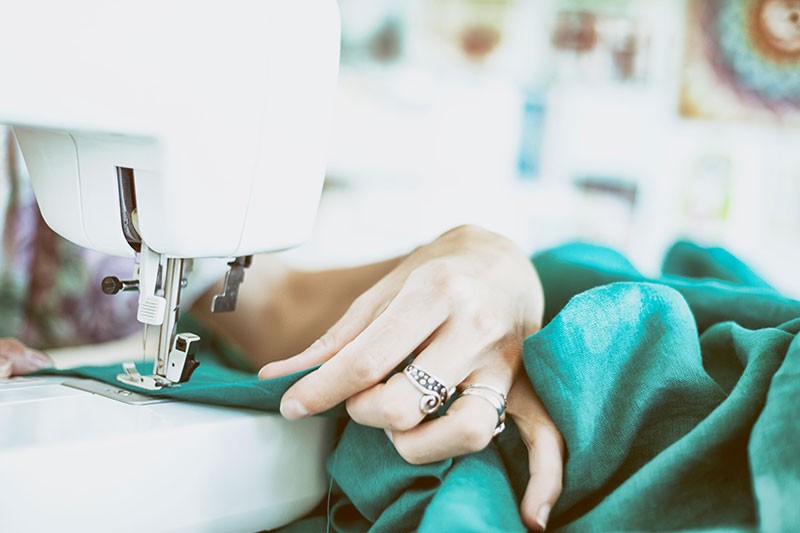
The Slow Fashion movement should inspire everyone - because it protects us and our environment and slows down the greedy Fast Fashion industry. I hope that with this post I could show you the high value of slow fashion for a basically sustainable life has. Learn to value your existing fashion, to exchange and repair it before buying new fashion. And if buying new is the only option, make sure it's made from natural materials and under fair conditions.
Do you have any questions, more tips or experiences with slow fashion that you'd like to share? Then feel free to leave a comment below this post.
Stay sustainable,

PS.: Just have a look at the Blog about sustainable living over. Maybe the Post about greenwashing something for you? Have fun reading!

